
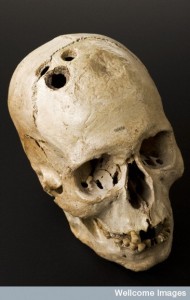
Credit: Science Museum, London. Wellcome Images
images@wellcome.ac.uk
In this latest edition of our therapies series I will be discussing the early modern history of the rather gory practice of the trepan – drilling or scraping a hole into the human skull. This technique is one of the oldest surgical procedures having been used for thousands of years, even though it has never been proved to be effective.1 The oldest trepanned skull was discovered at a Neolithic burial site in France and is more than 7000 years old.2 Numerous other skulls have been discovered that show clear evidence of having been trepanned, like this bronze age skull from Jericho (2200-2000 BC).
Many people have heard of the explanation, common to ancient times, that this operation was undertaken to allow evil spirits to ‘escape’ through the head.3 This was not, however, the explanation favoured by early modern surgeons. It was, in fact, an operation conducted for much more mundane reasons.
Dr Willis’s Practice of Physick (1684), for example, suggested that the trepan could be used to treat ‘Stupidity’. Along with purges, phlebotomy, and issues, treatments for stupidity were designed to purify the blood and allow filth to be removed from the brain. The author of this treatise, Thomas Willis, did not explicitly state that he believed this was a good remedy for stupidity, but instead explained that ‘some in this case cry up with wonderful praises a Trepaning, by which the Brain may more freely breath forth, and evaporate.’4
Surgeons, like Ambrose Paré and Joseph de la Charrièr, explained that the trepan was most commonly used to treat skull fractures. Charrièr in A Treatise of Chirurgical Operations (1696) treatise stated that ‘the Operation of the Trepan‘ ‘consists in Piercing the Skull’; it allowed for the removal of splinters (shards of the skull bone) from the matter of the brain, could lift up depressed areas of the skull and created an opening for the application of medicines.5
Paré also described the tools themselves and provided an image of what they looked like. He wrote ‘Trepans are round sawes, which cut the bone circularly more or lesse according to their greatnesse; they must have a pinne standing in the middle a little further out than their teeth, so to stay and hold fast the Trepan that it stirre neither to this side nor that’.6

Credit: Wellcome Library, London.
Conducting this operation was not necessarily straightforward and surgical texts offered advice for where a hole could and could not be safely made. La Vaugnion warned that the trepan should not be placed in the middle or the Coronal or Occipital bones because the ‘Dura Mater’, one of the thick membranes that surrounds the brain, adhered ‘very firmly’ to the skull in these areas.7 He also cautioned that it shouldn’t be placed on the lateral sinus or the temporal bone as well as warning that,
‘You must never Trepan on the Eye-brows, because of the great Cavities beneath, which are lined with a very thick Membrane, and the bone being double in this place, instead of coming to the Brain after the Perforation is made, you only discover a Cavity’ and this makes the operation ‘difficult and troublesome’.8

The potentially dangerous nature of the Trepan meant that it was not necessarily a ‘go to’ option for treating wounds of this kind. Charles Gabriel Le Clerc’s surgical treatise clearly described for his readers the caution with which surgeons should approach such an operation:
‘The Surgeon is to have recourse to his own conscientious Discrection, which ought to serve as a Guide, and requires that we should always act according to the known Rules of Art; insomuch that after having well consider’d the Accidents with all the Circumstances of the Wound, if there be no good grounds for the undertaking of the Operation, it is expedient to desist, and in this case to have deference to the Advice of other able Surgeons of the same Society, rather than to rely too much upon his own Judgement, to the end that he may be always secure from all manner of Blame.’9
Of course part of what Le Clerc is worried about here is the surgeon’s reputation; caution is essential to keep both the patient and the practitioner safe.
Many of the surgical observations about this operation demonstrate surgeons taking into account the nature of the accident when assessing the necessity of using the trepan, they also probe and prod the wound with their fingers to discover whether there are bone fragments or depressed bones that need attention.
In the home identifying the presence of a fractured skull could take a more indirect route. The recipe book attributed to Johanna Saint John suggested the following method of diagnosis:
To know a Fracture or whither the scull be broke
Take a packthrid tye a knot at one end & give the party the knott between his teeth let him shut his teeth close & hold it fast take the other end in y[ou]r hand hold it straight as if you would pul it out of the patients mouth while you pul it straight with one hand give it a twitch on the midst of the string with the other hand that may make the thrid twang as you doe the string of a viol when you try if it be in tune doe it pretty hard if the part cannot endure it to be done twice but thinks it like a Dagger in his Head it is a Fracture, but if he can endure it the scul is not crackt alsoe they usually find paine in seting ther teeth together or chewing meat & are subject to vomiting.10
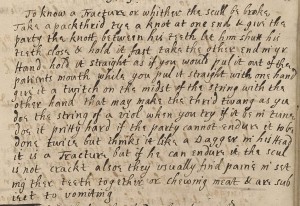
Operations using a trepan were then, in the early modern period, not have done for particularly exciting or unusual reasons, and it was not done to relieve evil spirits. However, it was still a dangerous operation only undertaken when the surgeon’s were completely certain of its necessity; one slip of the instrument or its incorrect application were understood to be serious mistakes that could have serious consequences. Understanding the cause and the nature of the accident that had a caused skull fracture was thus very important. To finish on a happier note though surgeons did acknowledge that sometimes skull fractures did not need to be remedied with the trepan, or even remedied at all; they could be beneficial to those with underlying medical condition, curing epilepsy, vertigo and headaches.11
____________________
2. Ibid.
3. Ibid.
4. Thomas Willis, Dr. Willis’s Practice of Physick being the Whole Works of that Renowned and famous Physician wherein most of the Diseases belonging to the Body of Man … (London, 1684), 213.
5. Joseph de La Charrière, A Treatise of Chirurgical Operations after the newest, and most exact method … (London, 1696), p. 227; Ambrose Paré, The workes of that famous chirurgion Ambrose Parey translated out of Latine and compared with the French. by Th: Johnson, (London, 1634), p. 364.
6. Ambrose Paré, The workes of that famous chirurgion, p. 365.
7. de La Vauguion, A compleat body of chirurgical operations containing the whole practice of surgery, with observations and remarks on each case … (London, 1699)
8. Ibid, p.
9. Charles Gabriel Le Clerc, The Compleat Surgeon or, the Whole Art of Surgery explain’d … (London, 1644), p. 195.
10. London, Wellcome Library, MS.4338, 56r.
11. de La Vauguion, A compleat body of chirurgical operations, p. 180.
© Copyright Jennifer Evans, all rights reserved.
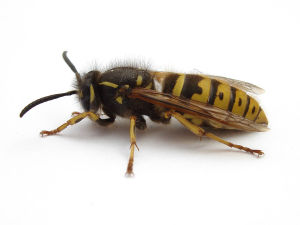
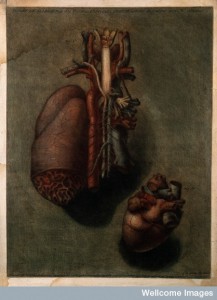
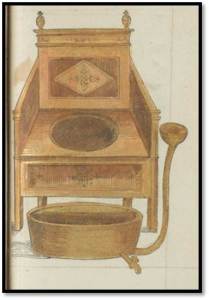
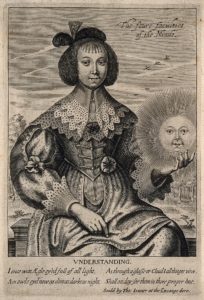
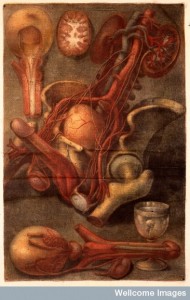
One thought on “Like a hole in the head”
Comments are closed.